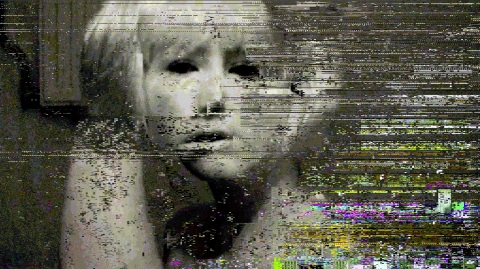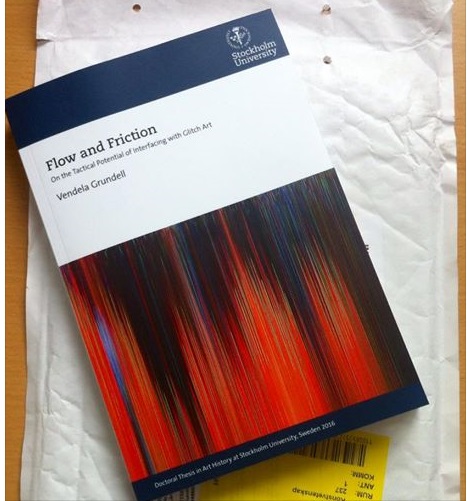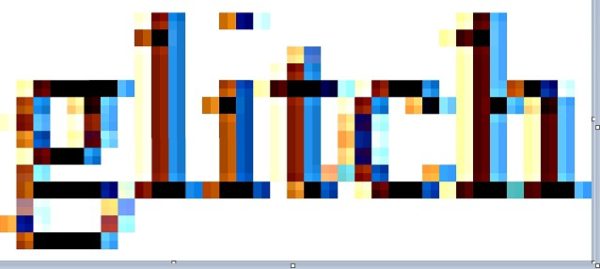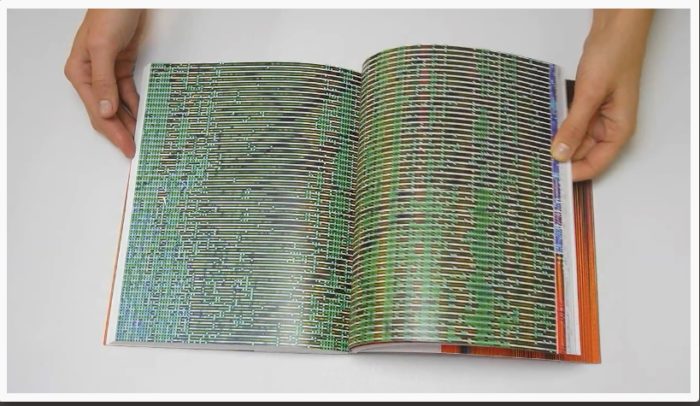“The growing flow of digital culture depends on the hidden protocols of its underlying systems. To explore how interfacing shapes spectatorship online, this pioneering study pinpoints experiences of flow through the friction of photo-based glitch art by Phillip Stearns, Rosa Menkman, and Evan Meaney.

Homing in on the viewer, these three cross-disciplinary case studies present and analyze material that is new to the art-historical context. In particular, they focus on how glitched artworks in online environments make viewers aware of their own activity within the flow, causing a break from the increasingly naturalized integration of system and individual.
 Mysterious and Beautiful
Mysterious and Beautiful
When a glitch invites the viewer to try out different positions in relation to the system, a tactical spectatorship unfolds.” That’s the introduction text of Vandela Grundell’s book Flow And Friction: On The Tactical Potential Of Interfacing With Glitch Art. In simpler terms, our modern online life utilizes smartphones and digital cameras to not only represent who we are, but to present to others ‘how’ we are.
It’s a culture of ‘identity sharing’ that we live in and we are spending more and more time at online sites and hangouts where our digital selves mingle as shared photos, text and videos. However, sometimes things do not go as planned. Perhaps a faulty internet connection wreaks havoc with an upload…or maybe a dying battery in your i-Phone confuses the CPU and errors are introduced into the system creating a digital mutation.

In the early days of computer, during the great Cold War and its technologically dependent Space Race this was known as a ‘glitch’.
Flow and Friction is a fascinating celebration of the mystery and the beauty that sometimes arises from glitched systems. 238 pages. Recommended. For the Silo, Jarrod Barker.
Supplemental: Moire pattern, John Glenn’s “glitch” , the History of the word “bug” when used in Computing.
